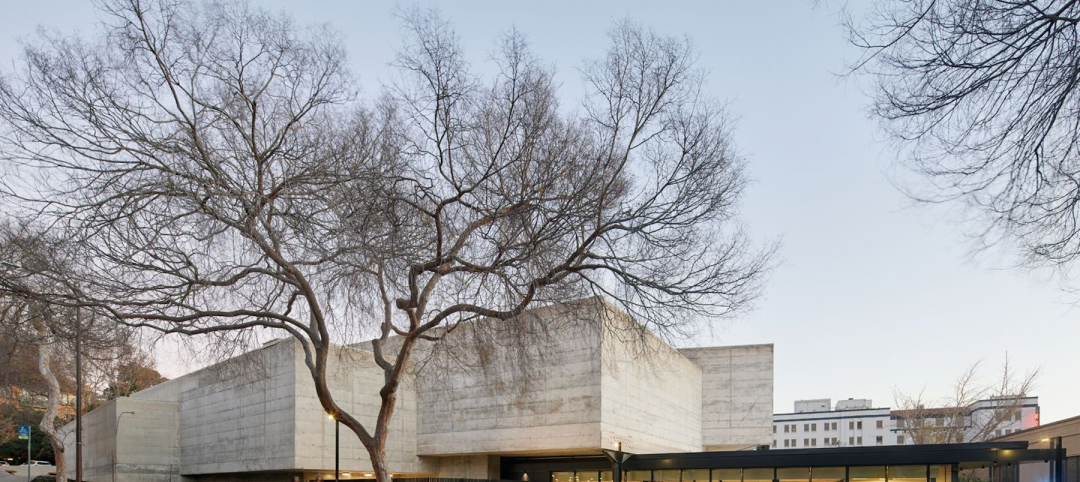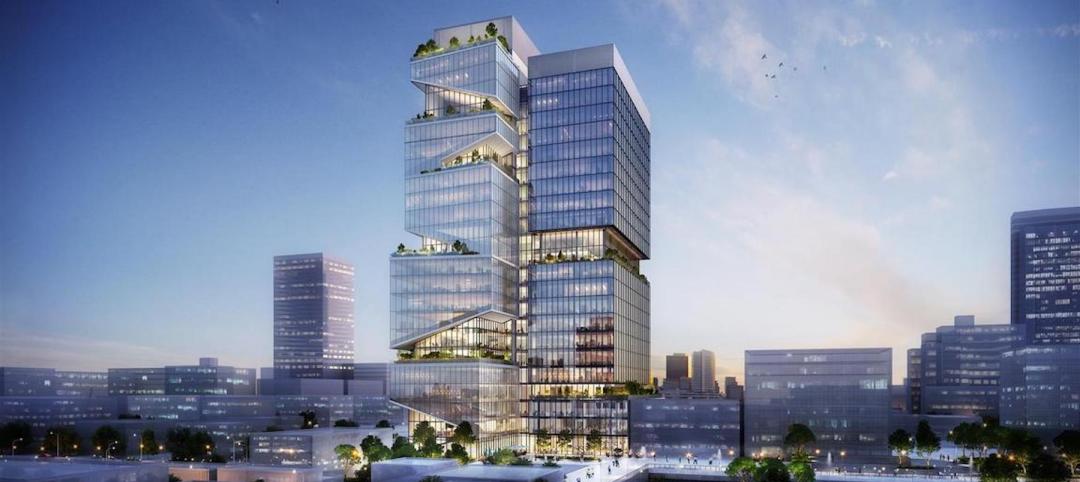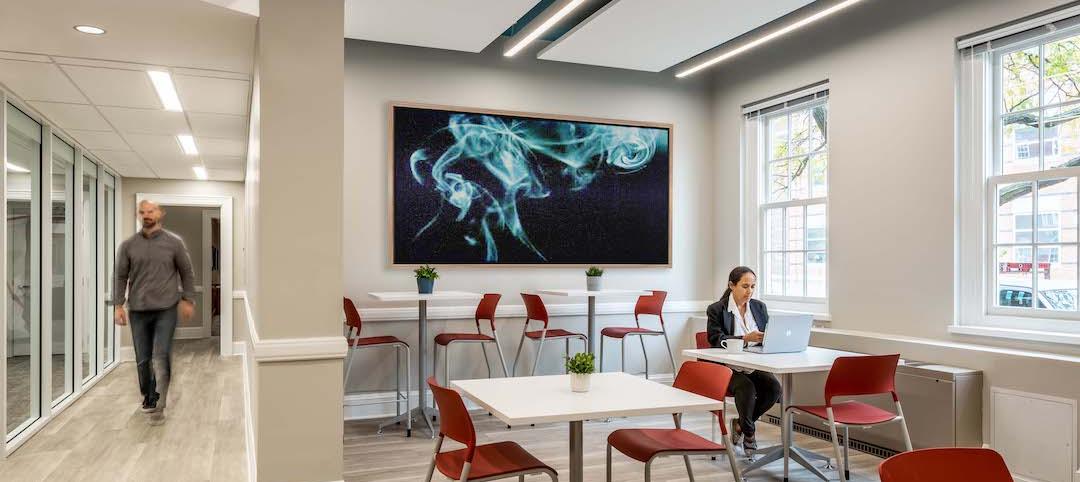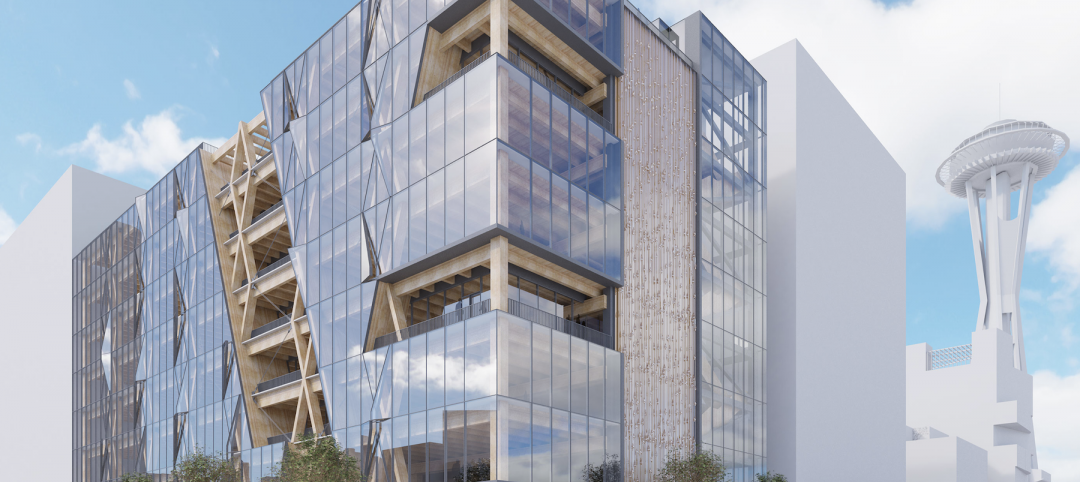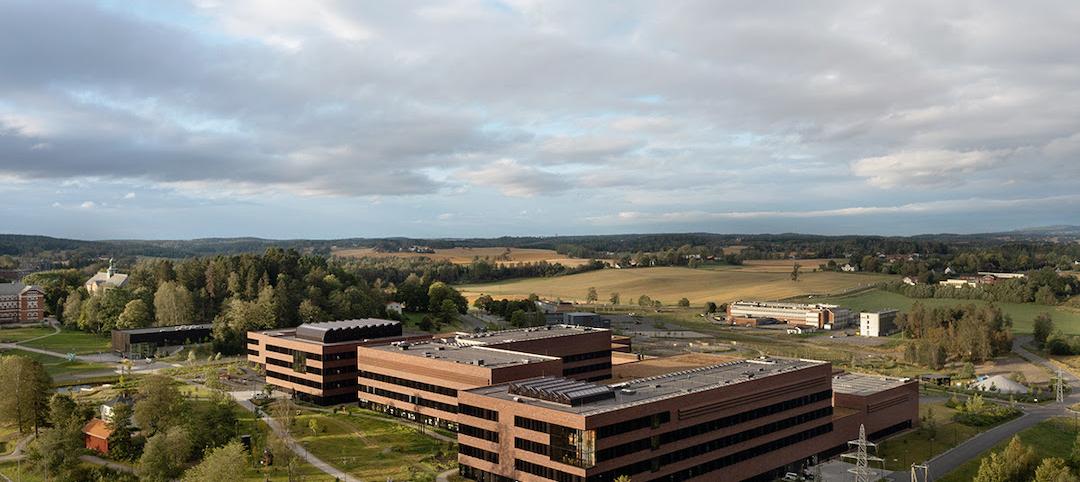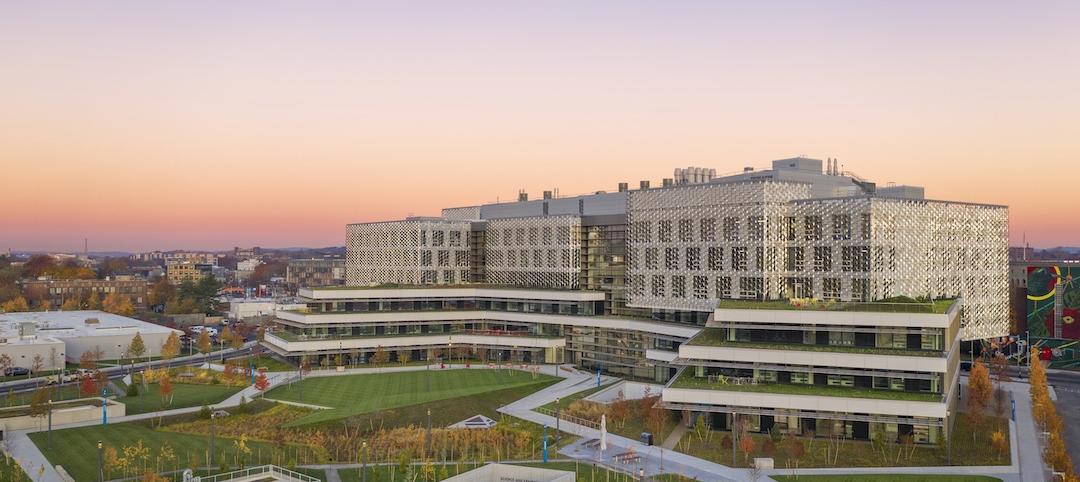Shorter research and development (R&D) timelines, ongoing cost pressures and sudden shifts in research priorities are driving new trends in lab design and location. Flexible space and access to talent are the keys to agile R&D, according to a new report from JLL, Journey to the next gen lab.
The average return on R&D investments among large biopharmaceutical firms has declined dramatically from 10.1% in 2010 to a paltry 3.2% in 2017. In the race for breakthrough innovations, companies are seeking collaboration and more flexible facilities.
“As a result of organizational cost pressures and a stronger focus on shortening the product lifecycle, R&D real estate is becoming multiuse,” says Roger Humphrey, Executive Managing Director and leader of JLL’s Life Sciences group. “The result is a drive toward highly flexible and attractive workplaces that appeal to not only scientific, but technical talent.”
Through interviews with executives at 15 leading biopharmaceutical and medical device companies, JLL has uncovered three trends pointing toward the future laboratory space.
1. Designing for flexibility and collaboration
Amidst rapidly shifting research priorities, scientists need space that can be easily reconfigured to accommodate different kinds of research and facilitate interaction with colleagues. Mobile benches and unassigned workspaces, for example, allow for fast changes in personnel and the type of work being performed. As one executive said, “Scientists want to have the flexibility that allows them to get their studies done as quickly as possible.”
“Behind the scenes, flexibility begins with infrastructure,” Humphrey said. “For example, you can hang retractable electrical cords from the ceiling so you’re not limited to placing equipment against a wall. You can build thick floor slabs into the laboratory corridors and hide technical infrastructure behind a façade so you can easily move people and equipment.”
2. Less wet lab, more computational science space
As R&D undergoes digital transformation, the science has become increasingly integrated with data and analytics. Once the dominant space for life sciences research, wet labs are shrinking while flex space and office space for computational science are growing as scientists spend more time analyzing data.
“A traditional R&D facility would consist of mostly lab space and a small proportion of office,” Humphrey said. “In a few years, those proportions will likely shift to equal parts web labs, flex space and office space for the data scientists.”
3. A focus on talent recruitment and retention
As illustrated in JLL’s annual Life Sciences Outlook report, biopharmaceutical companies have intensified their drive to be near leading academic research centers and the supportive R&D ecosystems that surround them. Despite high rents, cities like San Francisco, San Diego and Boston continue to attract leading companies that want access to resources and talent—including both laboratory scientists and the data scientists needed to work with today’s voluminous data.
The need for talent is also driving a growing focus on amenities, aesthetic appeal, state-of-the-art equipment and attention to sustainable design. Rather than hiding R&D space deep inside a facility, some biopharmaceutical companies are creating lab spaces on the perimeters of their facilities to showcase their cutting-edge technologies and abundance of natural light.
“We’re seeing a growing trend toward creating engaging, attractive labs and office workplaces,” Humphrey said. “The goal is to inspire creativity and foster well-being, with natural light, rich amenities and comfortable places for formal or informal collaboration.”
Related Stories
University Buildings | Jun 7, 2022
Newfoundland university STEM building emulates natural elements, local traditions
Memorial University of Newfoundland (MUN) recently opened a new building that will provide interdisciplinary learning and research space for Faculties of Science and Engineering.
Laboratories | May 20, 2022
Brutalist former Berkeley Art Museum transformed into modern life science lab
After extensive renovation and an addition, the former Berkeley Art Museum and Pacific Film Archive at the University of California, Berkeley campus reopened in May 2022 as a modern life science lab building.
Laboratories | Apr 29, 2022
Oracle Industry Lab in Chicago enables development of solutions for multiple industries
The Oracle Industry Lab in Chicago, which provides customers in multiple industries the opportunity to test new technologies, recently opened.
Laboratories | Apr 7, 2022
North Carolina's latest play for biotech real estate development
The Tar Heel State is among a growing number of markets rolling out the welcome mat for lab spaces.
Projects | Mar 11, 2022
Studying science in the sky
In sharp contrast to other types of commercial real estate, the life sciences market is booming, according to SGA, an architecture firm based in Boston and New York that has extensive experience designing life sciences buildings.
Laboratories | Feb 10, 2022
Historic building becomes a research science incubator
Svigals + Partners designed the project.
Laboratories | Feb 8, 2022
A new concept for science buildings emphasizes construction speed and design flexibility
The NEXT prototype—devised by Gensler, KPFF, and Buro Happold—also leans toward decarbonization and wellness.
Laboratories | Feb 3, 2022
New veterinarian building is Norway’s largest ever development in the university sector
The project is one of the largest and most complex ever undertaken in Norway.
Laboratories | Jan 28, 2022
3 must-know strategies for developers in today’s life sciences industry
While the life sciences industry had been steadily growing, this growth exploded when the pandemic arrived—and there is no indication that this lightning-fast pace will slow down any time soon.
Laboratories | Jan 17, 2022
A health crisis gives life to life sciences
Construction and renovation projects are heaviest in markets with consistent talent streams.




